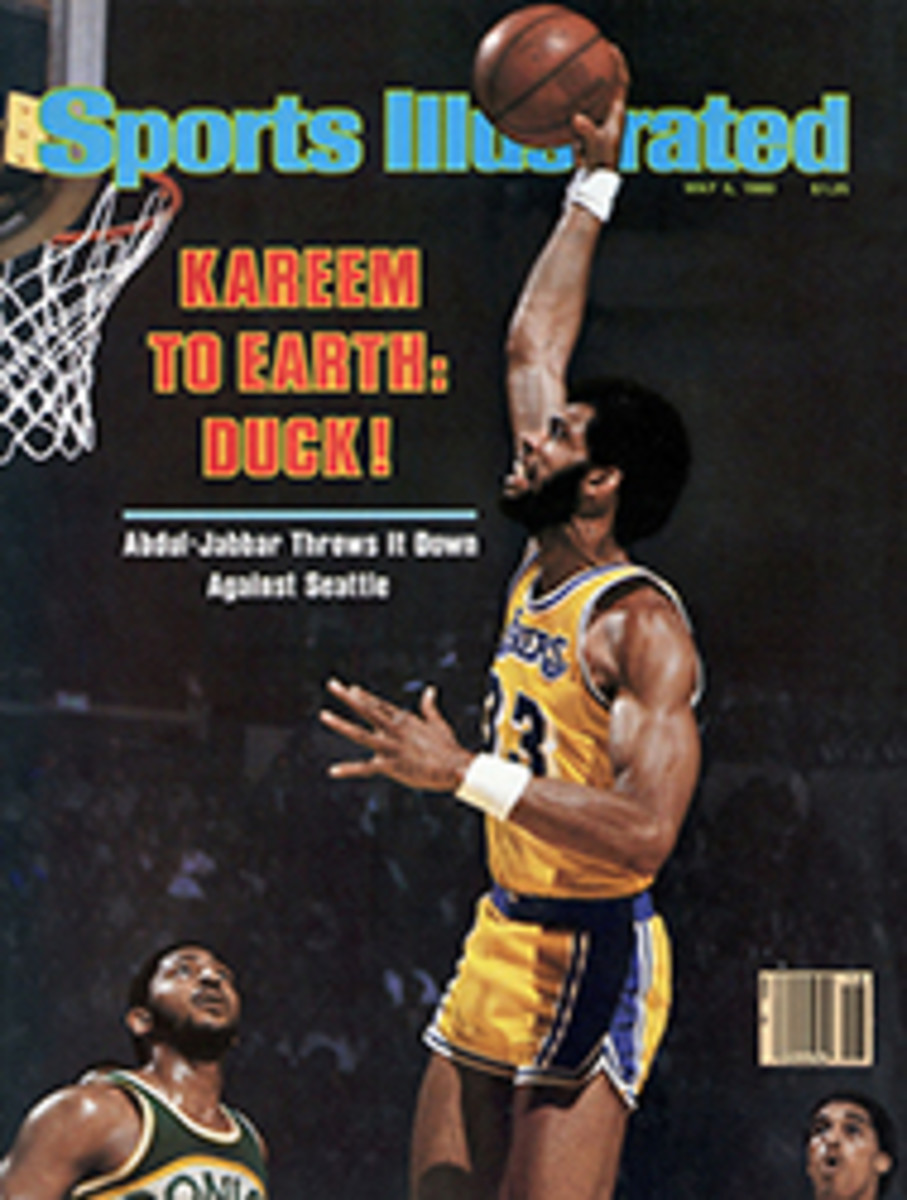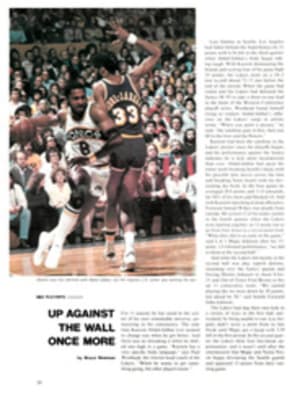
OLD AND UNIMPROVED AS THEY MAY BE, SPLIT-CANE FLY RODS CAN'T BE BEAT
Choosing equipment, caring for it, sometimes repairing it, are necessary and enjoyable aspects of most sports. I speak with some authority on this, for my small house is crammed with sporting equipment. There are only four of us, but our tastes are eclectic. The collection includes golf clubs, cross-country skis, boots and poles, tennis rackets, hiking boots, rubber rafts, swim fins and diving masks, backpacks, barbells, running shoes, saddles, bridles and riding boots, basketballs, footballs, gloves, bats and baseballs, soccer balls, a couple of Frisbees and a vast amount of fishing gear—rods and reels, waders, boots, vests, spools of leader material and dozens of boxes of flies.
I consider the many hours I pass cleaning, sorting and repairing this equipment time well spent. I'm attached to it all. But if for some reason I were forced to choose a single item out of my sports collection, if everything but one piece of equipment had to be sacrificed, I wouldn't hesitate. I would salvage my split-cane fly rod. I value it over all the rest.
Most sports, including fly-fishing, have surrendered to technology. Nylon and plastic have replaced leather. Metal, fiber glass and graphite are used instead of wood. The new materials are lighter, stronger and more durable, so most of the changes make sense.
Fly-fishing, though, is a sport richer than most in tradition. The first record of it goes all the way back to Aelian's De Natura Animalium, written in the third century A.D. The split-cane fly rod, perhaps the most notable modern refinement to the ancient art or craft of fly-fishing, has been contributing to the sorry entertainment offish and the satisfaction of anglers for about 150 years. Such a rod is constructed of six tapered strips of bamboo that are glued and bound together. Thus, with the eliminaton of the bamboo's hollow center, the cane's full strength is realized. The rod builder must cut his splines of bamboo within a tolerance of less than 1/50,000 of an inch, and he must take care that the taper of the rod from the butt to the tip produces a suitable casting action.
The first cane rods, constructed of only three strips, are believed to have been made in England between 1830 and 1840, while the first of six-strip construction was built by an American, Samuel Phillippe of Easton, Pa., in 1846. These rods replaced models made of such woods as hickory, bethabara and lancewood and were a vast improvement over them. They stayed in vogue for about a century. Through the first half of the 20th century, rods of steel and various alloys were marketed, but none proved satisfactory. Then, in 1948, Dr. A. M. Howard invented the fiber-glass rod. Soon, acceptable models were being mass-produced cheaply, and split-cane rods all but disappeared, along with the artisans who made them. Within the last decade graphite has come along to do to fiber glass what fiber glass did to cane.
Yet a few purists and traditionalists persist. Perhaps there are a dozen men alive who are capable of producing fine split-cane rods, and a few thousand fishermen who want to use them and are willing to pay the price—which can range from a couple of hundred to more than a thousand dollars.
Most of the anglers who prefer split cane are motivated partly by the tradition of the sport, but they are also of the opinion that, contrary to popular belief, a good cane rod still casts better than anything else. I think they're right.
Fiber glass and especially graphite may cast farther, but they don't cast as well. Most fly-fishermen I see today are like most golfers. The typical golfer would score better hitting a three-wood off the tee, but he is determined to drive the ball 250 yards and is happy when, once or twice a month, he manages to do it. After his 250-yard drive, his seven-iron shot will find the rough, to be followed by a chip into a trap, two tries to get out of the bunker and onto the green and three putts from 20 feet for an eight on the hole. But the golfer will brag about that drive until he hits an even longer one.
Well, most fishermen want the long cast, and so an inordinate amount of the fly tackle sold these days is designed more for that than for fishing. Shooting head and forward taper lines—lines with all the weight out front—are certainly made for long casts. The currently popular graphite rods are designed to throw these heavy lines as far as possible. Yet nearly any expert fly-fisherman—even out West where many rivers are deep and wide—will tell you that he never casts any farther than he has to and that it is rarely necessary to cast more than 50 or 60 feet. It is the well-placed cast, the carefully presented fly, that catches a fish. Apparently, most everyone would rather cast 100 feet than catch a trout.
Even if catching fish were not the central issue—especially if it weren't—I would still prefer my split-cane rod to fiber glass or graphite. It is fairly long and heavy—9 feet, 5¼ ounces—and handles a No. 8 double taper line perfectly. Its casting action is relatively slow, which means that the pause between back cast and forward cast is more pronounced than it is with a synthetic rod. In fishing jargon, a cane rod isn't forgiving. If you can't time your casts, if you don't have the proper motion and rhythm, the rod will let you know it. It won't perform. But if you take the time to learn to use it, a cane rod will give you a straight, smooth, accurate cast, one that simply feels much better than a cast that you might make with anything else.
A cane rod is great to look at, too. Mine is 50 years old. I'm its third owner, and I know that all of us have fished hard with it. Those 5¼ ounces of cane have accounted for two or three tons of fish—most of them landed and released. I should add. In the eight years I've had it, I've caught salmon, trout and steelhead that ranged in length from six inches to more than three feet, but my rod shows not a sign of wear. It is as straight now as it ever was. To assure that it stays that way, I turn the rod upside down when I play a large fish, to reverse the stresses in the wood. My fly lines are always well greased to reduce friction and wear through the guides. I had to replace the tip-top a couple of years ago, but otherwise the rod is just as it was when it was made—the cork grip, the reel seat, the ferrules and guides, the golden windings covered by a varnish finish that is satin smooth.
If need be, I can live happily in a world cluttered with metal tennis rackets, graphite drivers, nylon running shoes, aluminum baseball bats and fiber-glass skis. But I hope it's a world with room for a few fine split-cane rods. New isn't necessarily improved.

